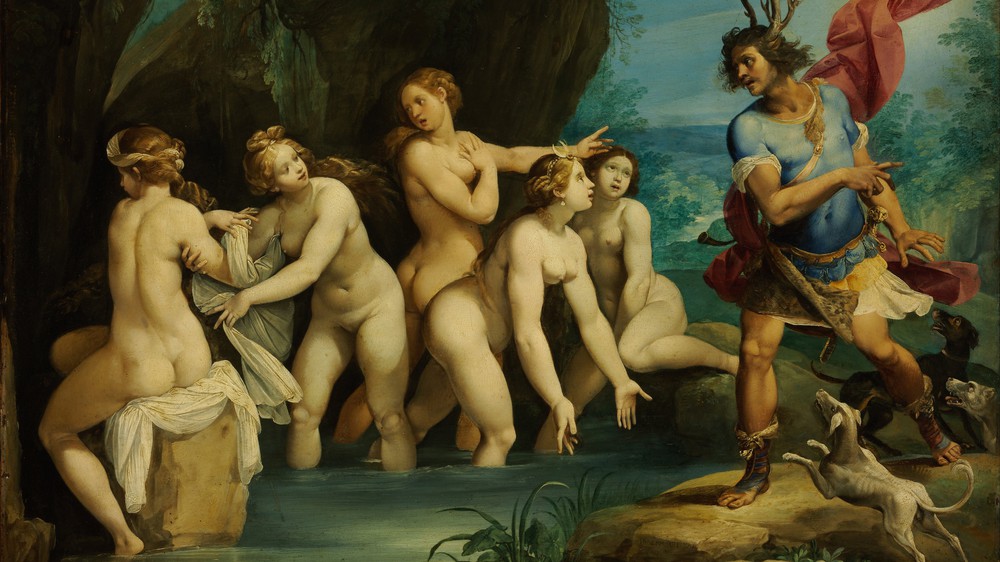Each installment of our Strike a Pose series features one of art history’s most seminal postures. Mediums range from sculpture to oils and everything in between. You can find our article about Serpentine at my.meural.com/editorial/51.
In the winter of 1506, on a Roman vineyard, a sculpture was discovered. It was [Laocoön and His Sons], and it came from Hellenistic Greece, 1500 years in the past. Even before it was fully removed from the earth, Michelangelo was on scene. (The story goes that the Pope, Julius II, asked the architect Giuliano da Sangallo to head to the excavation site; Michelangelo was his friend and a frequent visitor to his house.) Michelangelo was in awe and invigorated—he couldn’t wait to start studying it. It wasn’t like anything he or any of his contemporaries had seen before. Its features were exaggerated, more so than anything in existence, starting with its contorted torso and ending with its anguished face. This was a revelation for the day’s artists; they didn’t even know a body could express such dramatic instability. (It even put to shame the contrapposto pose, which seemed muted in comparison.) This was partly because it was unrealistic and unnatural. In day-to-day life, you’d hardly witness someone in such a pose: legs one way, torso and arms the other, head reared back into view.





















